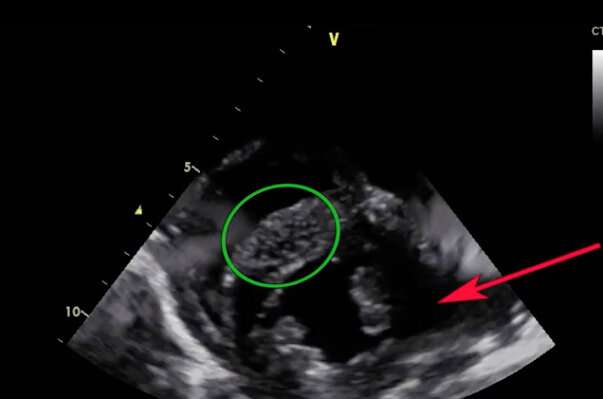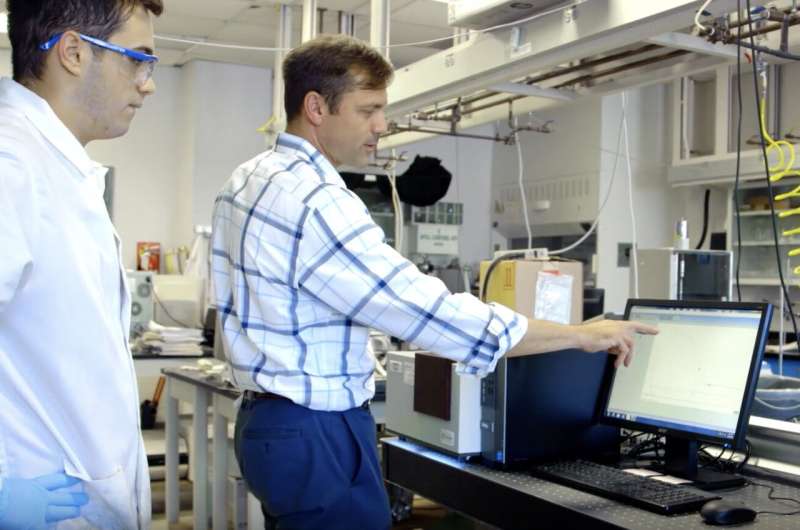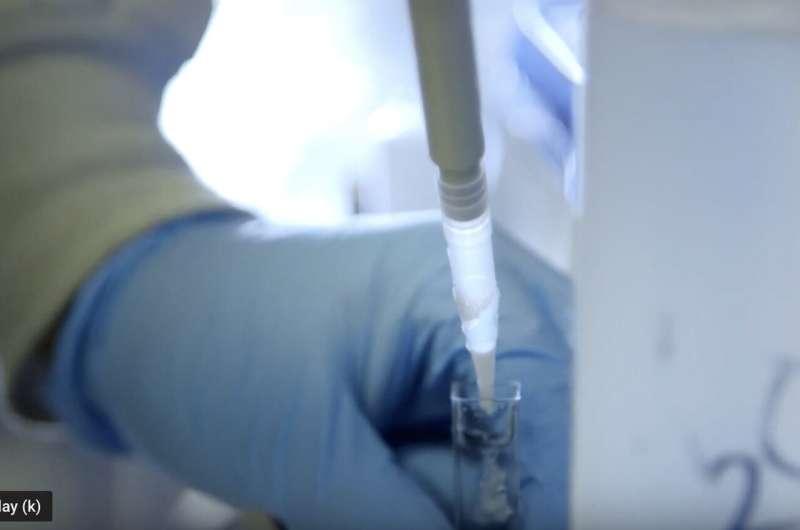'Selfie mode' for heart imaging could help doctors spot heart disease earlier

One of the reasons cardiovascular disease kills 610,000 Americans each year is that it's hard to see it coming before it's too late. By the time someone is experiencing chest pain, irreversible damage has likely been done. Despite advancements in medical imaging technology for the rest of the body, it's still quite difficult to get a clear look at the heart. And the procedures for doing it are so invasive and physically taxing that doctors must limit how often they're performed. Drexel University researchers are trying to make the images sharper and the process easier by developing a heart-activated contrast dye made from the same materials as cell membranes.
Because the heart is located deep within the body cavity and is in constant motion, it remains one of the most difficult parts of the body to observe. Standard imaging technology, such as ultrasound, echocardiography and computed tomography produce sound and video that is so distorted doctors are essentially listening to echoes and studying shadows—and only accurately diagnosing heart disease in about 70 percent of cases.
"Most of the technologies that we have are good at looking at the big vessels on the outside of the heart. But really, they don't have the ability to see blood flow through the little vessels," said Brett Angel, MD, a cardiologist and faculty member in Drexel's College of Medicine.
It turns out, the problem is all in the lighting.
In medical imaging, the contrast dye provides the "flash" for the picture by reflecting the ultrasound or electromagnetic waves, which the scanning device then interprets to produce an image. To get the dye to the heart doctors will inject it into a vein. But the problem with current contrast dyes is that they are always "on"—producing their detectable illumination from the moment they enter the bloodstream.
Anyone who's attempted to take a picture in low lighting knows that a bright flash isn't ideal for getting a good shot because it illuminates the entire frame—usually with too much light—rather than directing the burst at the subject of the picture.
Medical imaging technicians attempt to properly "light" their shots by injecting the contrast dye as close to the heart as possible—employing probes and catheters at times. Unfortunately, this still leads to a great deal of over-exposure in the imaging. And while doctors and algorithms have become adept at deciphering these bright, grainy heart images and video, they could glean a great deal more from a properly exposed shot.
With this goal in mind, the Drexel team designed its contrast dye to activate only when it's in the presence of the electric field generated by the heart—effectively, allowing it to handle its own lighting and take a better picture.
"Our goal is to provide a sharper image and we can achieve that by tailoring our tracer dye so it's only visible in the area that we're trying to see," said Steven Wrenn, Ph.D., a professor in Drexel's College of Engineering, who developed the imaging dye, he's dubbed Electrast. "If you're trying to get a close look at blood flow to the myocardium muscle you want to distinguish between the blood that's in the muscle and the blood that's being pumped by the muscle. It's not helpful if a contrast agent is in the muscle and also lighting up in the chambers of the heart—it's like trying to see fainter stars when there's a full moon."
Wrenn's design encapsulates a droplet of perfluorocarbon—an inert chemical commonly used in enhanced ultrasound imaging—inside a lipid molecule. Lipids are ubiquitous in the body and smaller than blood cells, so these capsules can move freely in the bloodstream without triggering an immune reaction.

Once they encounter the electric field of the heart, the lipids begin to release the perfluorocarbon tracer. As ultrasound is applied, the sound waves are deflected by the tracer droplets but pass through the soft tissues of the heart, thus creating the contrast that enables an image to form. This means it can provide a very specific and detailed image of blood flow within the heart, which is an important indicator of its overall health and can warn doctors when a problem is developing.
"The unique characteristic of Electrast is that it can be injected into any vein and it will not activate until it reaches the heart. Other tracer agents must be introduced directly to an artery via a catheter tube, because they will begin reacting immediately and, in the case of the tracers used in CT and PET imaging, the tracer is a harmful radioactive chemical. So doctors are hesitant to perform these tests, especially on patients who might not be healthy enough to handle the physical stress of it," said Angel, who has been working with Wrenn to develop and test Electrast.
The pair has published about its development of heart-activated ultrasound dye in the journal Applied Acoustics and will formally present the work at the 34th Advances in Contrast Ultrasound International Bubble Conference in September. For experienced cardiologists, like Angel, a side-by-side comparison of standard heart imaging techniques and images generated using their nanobubble contrast agent is eye-popping.
"Right now, at least 30-40 percent of ultrasound images of the heart are inadequate. Just looking at the images—you can't see heart muscle very well. And so, with our contrast agent, we would be able to enhance the heart muscle and make it much easier to see. And on top of that, being able to interpret deficits in blood flow to certain areas of the muscle with our agent, we think would be far more accessible to the people who would be interpreting ultrasound," Angel said.
While the need for more selective and safer contrast agents has been evident to this group and many in the cardiology field for decades, Angel suggests that the concept of a voltage-activated agent, attuned specifically to electricity of the heart, could be a significant inflection point for the effort.

And while the team is still in the early stages of development, trials thus far are showing no adverse effects of exposure to the agent. If these results persist through more advanced trials and approvals, it could eventually provide doctors with an imaging tool they could use on a regular basis to detect blood flow disparities that are early signs of cardiovascular disease.
"By the time people think they are suffering from a heart attack it's often too late to prevent permanent damage. At the moment there is no modality that allows you to really evaluate the small-vessel blood flow through the muscle. So if we could use this as a diagnostic tool to see if there are partial blockages, or a lack of blood flow that could lead to a heart attack, we would be able to catch it early enough to act on it before any damage is done—that's really what the holy grail of cardiology would be, to try and catch that early and be able to act on it," Angel said.
With funding from the Drexel-Coulter Translational Research Partnership Program, the team will continue its testing in order to optimize the design of the lipid and tracer droplet configuration for the most efficient interaction with the ultrasound.
More information: Michael Cimorelli et al. Introducing a nested phase change agent with an acoustic response that depends on electric field: A candidate for myocardial perfusion imaging and drug delivery, Applied Acoustics (2018). DOI: 10.1016/j.apacoust.2018.03.028


















